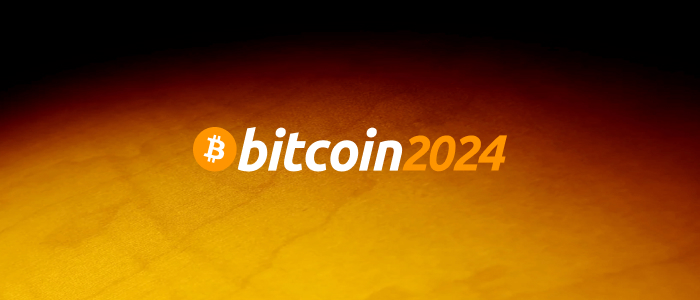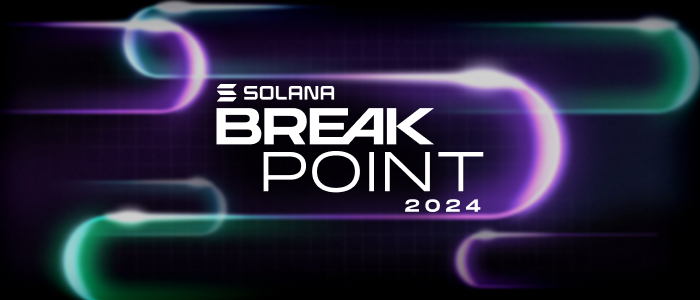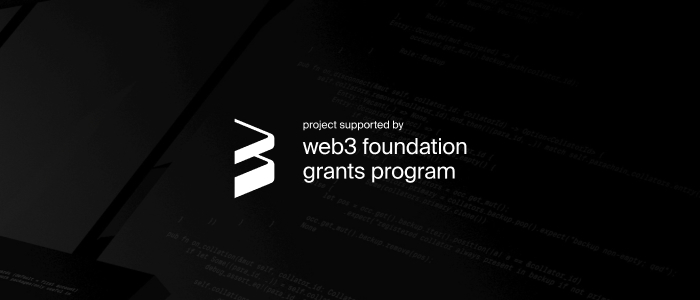We are compiling a list of recent technologies developments in the blockchain sector. Our focus is mostly on projects which promise scalability, but includes also proposals which aim to overcome some deficiencies in Bitcoin´s PoW based blockchain, e.g. which aim to improve fairness, usefulness, or privacy. You can find the current state of our work sheet here.
Our list uses the categories proposed in the position paper by K. Croman et. al. which concludes that the Bitcoin blockchain cannot be scaled up by reparametrization. The authors call for innovation on the following layers in order to make Bitcoin competitive with trusted payment systems: Network, Consensus, Side, Storage, and View. A short description of these layers can be found in the work sheet.
A few prominent concepts in the consensus layer pivot around the concepts of publicly-verifiable randomness and a combination of PoW with Byzantine consensus which may lower the overhead of work to verify transaction in Bitcoin. There have been recent advances in provable secure PoS blockchain protocols. Sharding techniques are beeing applied in blockchain technology, and decentralized computing is proposed. And this just to name a few recent developments for the consensus layer.
Besides progress in the above categories, there are interesting proposals for changing the blockchain design into trees or even graphs. These concepts suggest working with directed acyclic graphs, which may actually capture the nature of block creation in a better way, but must solve the problem of conflicting transactions. Some proposals maintain the robust PoW mechanism and block format, while others move away from these principles.
Putting ideas into categories you may end up in what is depicted in the metaphor of Procrustean Bed. Most of the proposals are very complex and involve more than one idea: to put them in one category may cut off some of these ideas. The section “Status: Preprint/Peer-reviewed” should only serve as a guide. Good theory requires secure implementation and adversarial attack research. But good code with bad theory never works. Clearly, “peer-reviewed” is not the only or ultimate criteria for good theory. So it´s just a guide.
Please feel free to comment or contact us if you think we missed an important proposal!












Permalink